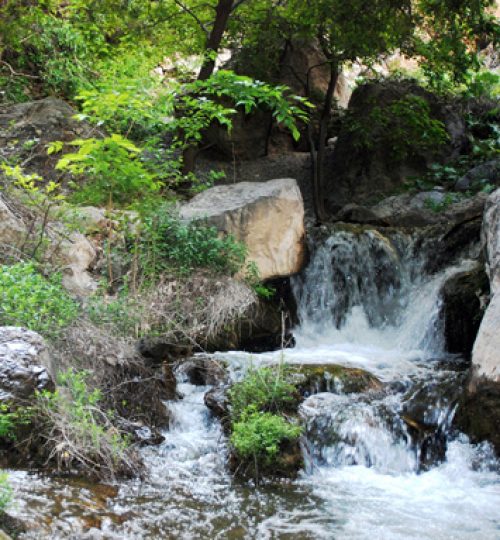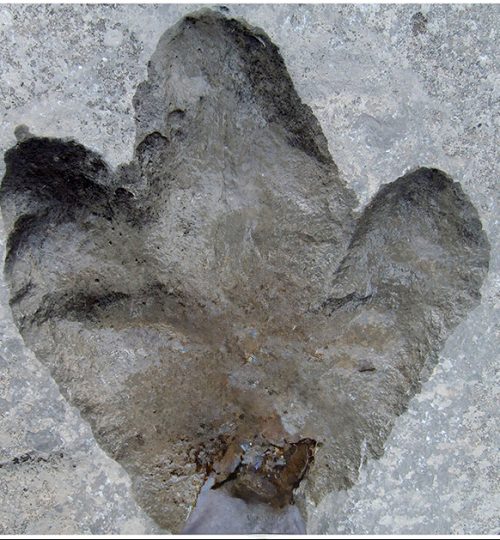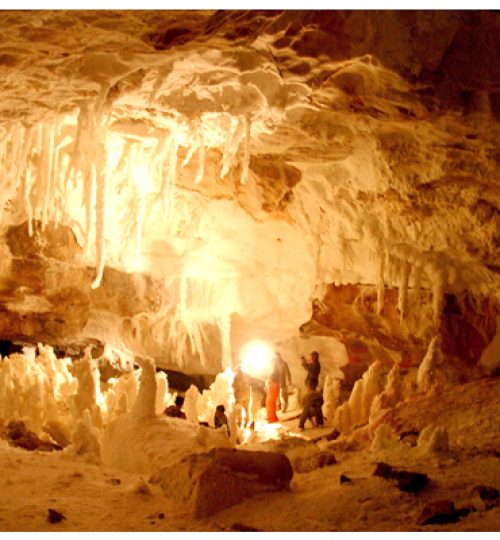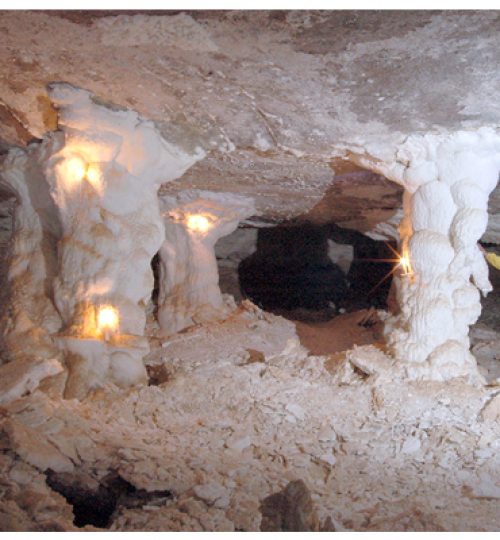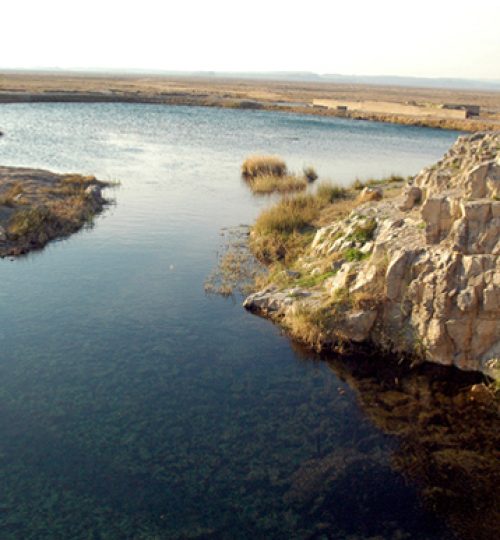The Koytendaga Mountains
Nature
The Koytendaga Mountains
The Koytendag (Kugitangtau) Mountains are a scenic mountain range located in Turkmenistan. This amazing corner of nature attracts attention for its unusual beauty and variety of landscapes.
If you venture into the Koytendaga mountains, you'll discover a wealth of natural beauty. Dense forests, stunning waterfalls, and picturesque pastures await you. The area's mountain rivers and lakes draw not only fishing enthusiasts but also photographers seeking to capture the area's breathtaking scenery. Keep an eye out for the local wildlife, including mountain rams, wild goats, foxes, and other rare animals.
The Koytendaga Mountains are a must-visit destination for all outdoor enthusiasts. With a plethora of activities like mountain tourism, cycling, mountaineering, and other sports, there's no shortage of adventure to be had here.
When you travel to Koytendaga mountains, you will be able to fully experience the rich history and culture of Turkmenistan. You can explore ancient abandoned cities, admire rock drawings, and visit ancient cave dwellings that have stood the test of time.
For those in search of adventure and a distinctive way to relax far from urban living, the Koytendaga Mountains are an ideal destination. Do not miss out on the opportunity to fully immerse yourself in the breathtaking beauty of mountain nature in Koytendag.
Plateau of Dinosaurs
The Plateau of Dinosaurs is a truly unique location with no equivalent anywhere else on Earth. It draws in visitors from all corners of the world. The plateau is a limestone slab measuring 400 by 300 meters, tilted at an angle of 120 degrees, and situated at a height of 1500 meters. This area is home to around 1,500 pairs of well-preserved dinosaur footprints and 31 trails. This location has the biggest assembly of dinosaur footprints in the world.
During the Jurassic period, Megalosaurs roamed along 26 of the 31 trails. The longest of these trails, measuring 195 meters, 226 meters, 266 meters, and 311 meters, are all world records. (Previously, the record was held by a 147-meter trail in Mexico.) The longest stride found here exceeds two meters.
According to scientists, millions of years ago, this area was most likely a swamp or shallow water. Over time, the swamps dried up and were petrified. During mountain-building processes, the plateau rose above the ground and tilted. As the upper layers of soil were eroded away, the true marvel of paleontology was unveiled to people.

